At the IFA 2024 exhibition taking place these days, the Wireless Electromagnetic Power Consortium (WPC) presented the final specifications of the Ki wireless charging standard, which is intended for use in household appliances and electronics. The new standard will allow small kitchen appliances such as toasters and blenders to operate without the need to be plugged in using power cords.
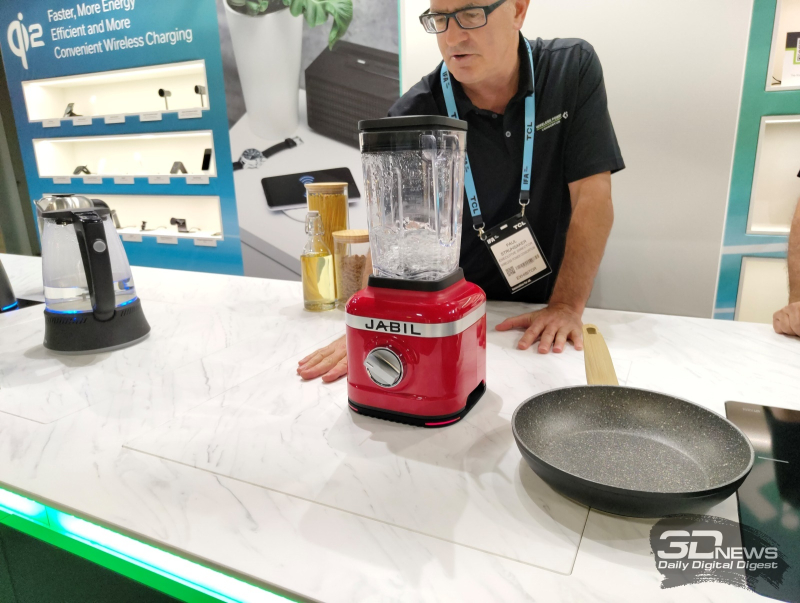
The Ki standard is not yet available to consumers, but it is obvious that this will change soon. Manufacturers of household appliances will be able to apply for certification of their products for compliance with the Ki standard this year. Like the widely used Qi and Qi2 wireless charging standards, the new Ki standard relies on the principle of electromagnetic induction to transfer energy.
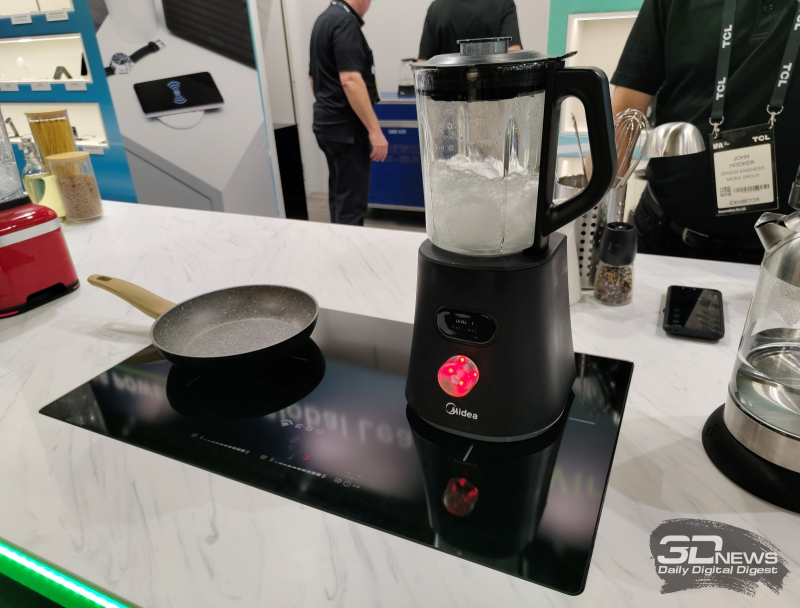
The difference between Qi and Ki is that in the first case, the energy from the wireless charger is used only to replenish the battery of a mobile device, such as a smartphone or wireless headphones. The user can remove the battery, place it on a Qi-enabled charger, and it will still charge. In the case of the Ki standard, the generated energy is used directly to power the motors, heating elements and electronics that ensure the operation of a particular device.
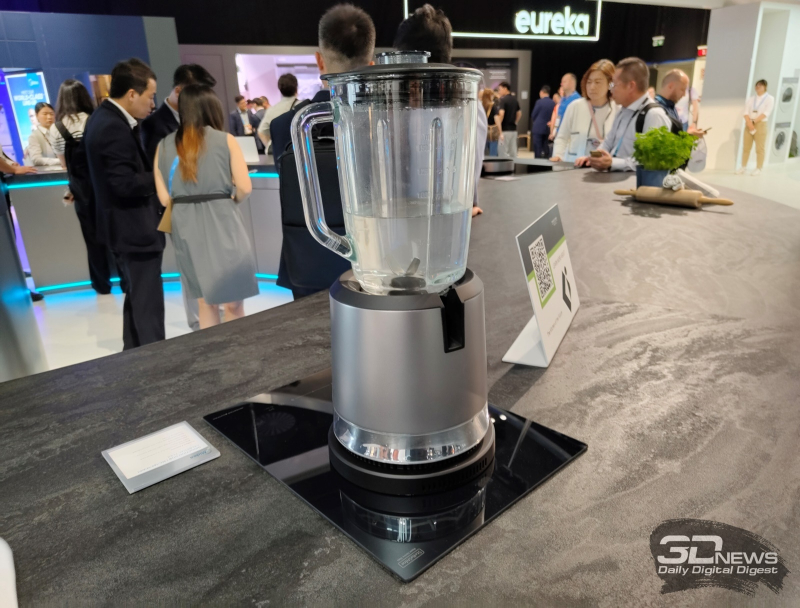
A small flow of energy transmitted through the air is all that is needed to charge a smartphone battery. However, kitchen appliances require significantly more energy to operate. This is another difference between wireless charging standards: the Qi and Qi2 standards can provide power of no more than 15 W, while the Ki standard, through the use of much larger coils, can transmit up to 220 W. This is enough to power a variety of household appliances such as toasters.
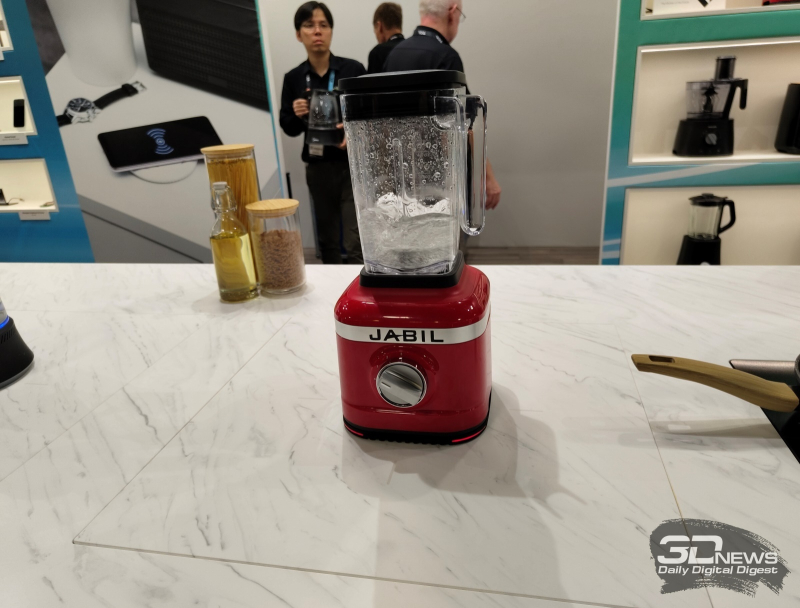
WPC expects induction cooktops that already use similar technology to receive Ki support initially, further expanding their usefulness in the kitchen. It is noted that the use of the Ki standard allows energy to be transmitted through various materials, including quartz, marble and wood up to 3.81 cm thick. Due to this, wireless energy transmitters can be integrated into different surfaces in the kitchen, which will make it possible to use household appliances without the need to connect them into the network with power cables.
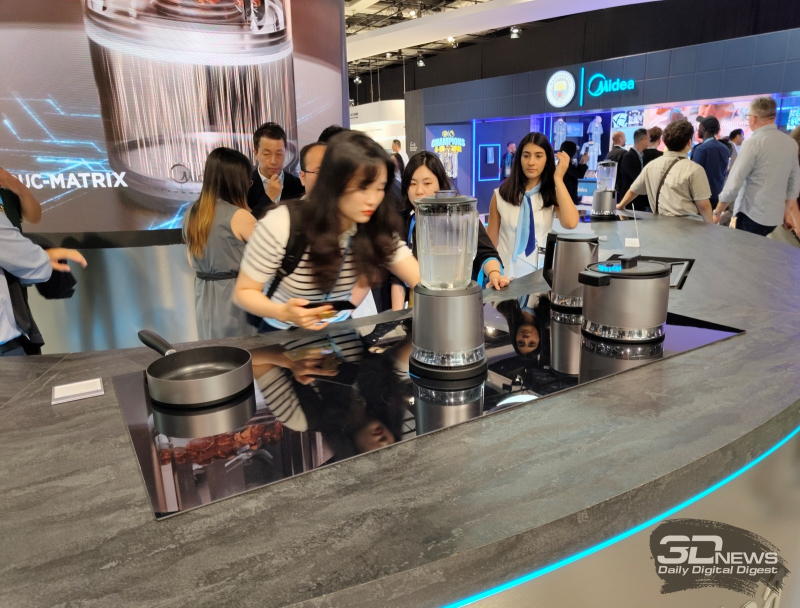
Ki-enabled devices communicate with energy transmitters via NFC, so that energy transfer begins only after the device is detected and identified. If a blender or other appliance tips over for some reason, the power supply will immediately stop. In addition, energy transmitters cannot be activated if other kitchen items, such as regular frying pans or pots, are installed on them.
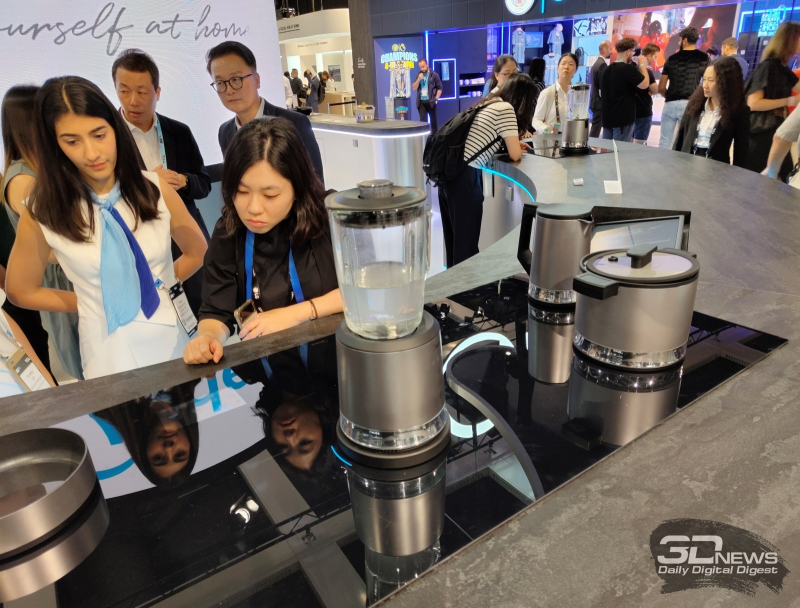
The standard also requires that the underside of the appliance or countertop surface never become so hot that it causes warping or other damage. Even if a Ki-compatible pan is used for cooking directly on the countertop, it should have an additional insulating layer to protect the countertop from heat.
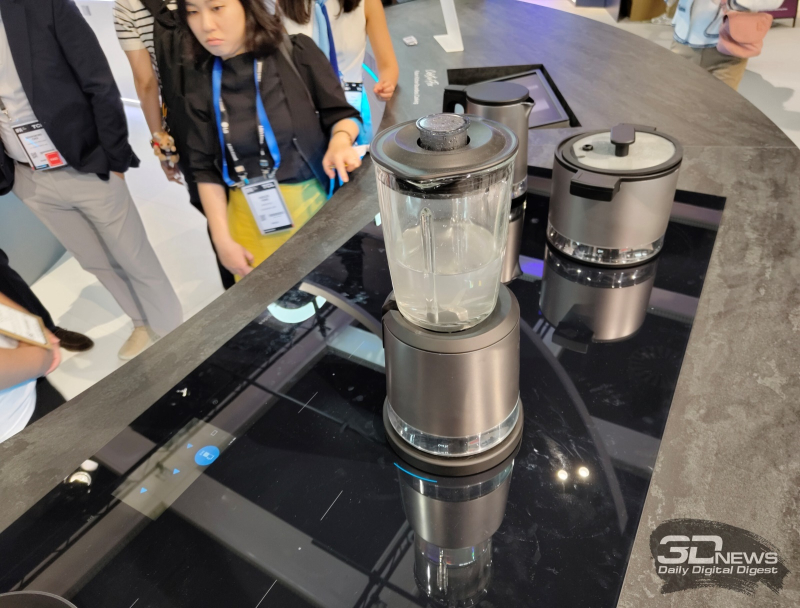
Since major manufacturers of household appliances such as Philips, Midea and Miele are members of the WPC, it can be assumed that devices compatible with the Ki standard will appear on the consumer market as early as next year.